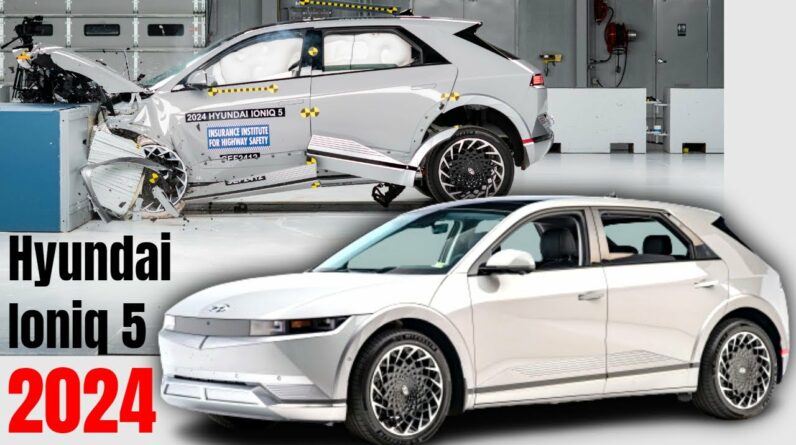It marks the end and the beginning: the departure of the air-cooled boxer engine and the arrival of a biturbo in a 911 series production model. In 1995, the 993 generation 911 Turbo laid to rest the sometimes macho image of its predecessors. A true gentleman – were it not for its brute speed …
Virtually no other model epitomizes the sea change that Porsche underwent in the mid 1990s like this one: the era of the air-cooled boxer engines that had characterized the young company drew to a close once and for all. The turbocharged 911 (993) was virtually the engine’s final, and perhaps even its most exciting, iteration. At the same time, the new Turbo also marked the start of something new: bi-turbo technology made its way into series production cars – almost a decade after a similar engine design had given the limited-run 959 a legendary status. The power of the twin turbochargers has long since become a characteristic feature of the 911 family. And just like the German super sports car of the 1980s, the 993 generation 911 Turbo came with permanent all-wheel drive.
Suddenly, everything changed. The new model also marked an important stage of development for turbo technology as it matured out of adolescence and left its teenage years behind it. The era of explosive power delivery that struck the driver like an elemental force was over – even though the 911 Turbo (993), with 408 PS, was faster and more powerful than any other series 911 before it. This was thanks to its new biturbo design, which replaced the previous monoturbo.
unlike in the 959, Porsche dispensed with the complex sequential turbocharging, which used one larger and one smaller turbo connected in sequence. Instead, for the first time, its successor used two KKK K16 turbines, which were equal in size but comparatively compact and symmetrical – one for each cylinder bank. They also generated tremendous boost pressure, forcing the intake air through the charge-air cooler into the combustion chambers at 0.8 bar.
Thanks to their lower mass moments of inertia, the charger blades were activated much earlier than in the single turbo of the 964, the 993’s immediate predecessor. The result was astounding: at just 2,500 rpm, 450 Nm of torque unleashed a formidable yet smooth propulsion that continued to build all the way up to the limit of 6,800 rpm. At the same time, the four driven wheels ensured that the impressive power delivery could be converted smoothly into spectacular propulsion. Never before had a sports car been catapulted so undramatically from 0 to 100 km/h in 4.5 seconds. Never before had a sports car been so relaxed on straights, even at full acceleration. Never before had a sports car been so pleasant to drive everyday. Those who pushed the car to its limits were still in for a surprise – just an even more pleasant one.
It is also precisely this sense of serenity that distinguishes the 290 km/h 911 Turbo from both the 993 generation and its water-cooled successors, which continue to amaze again and again, even to this day, because of their ever more outstanding performance. The 1995 model marked a departure from the 911 Turbo’s bullish macho image. It had grown up – without losing its good looks.
And, in a number of ways, it had adopted good manners, including in respect of emissions: it was the first car in the world to be offered with an OBD-II system. This on-board diagnostics II system required an ultra-modern engine management system like the Bosch Motronic M5.2 and considerable development work, as it monitored the metal catalysts and lambda probes, the fuel tank ventilation with activated carbon filtering, the secondary air injection and the fuel system, and also registered misfires.
It achieved all this with remarkable success: when it was launched, the 993 generation 911 Turbo caused a sensation, not just as the ultimate dream sports car, but as the lowest-emission car ever. It is an event whose significance only truly becomes clear from today’s perspective …
#porsche
Get More Great Car Videos – Subscribe: https://goo.gl/BSIaFc







